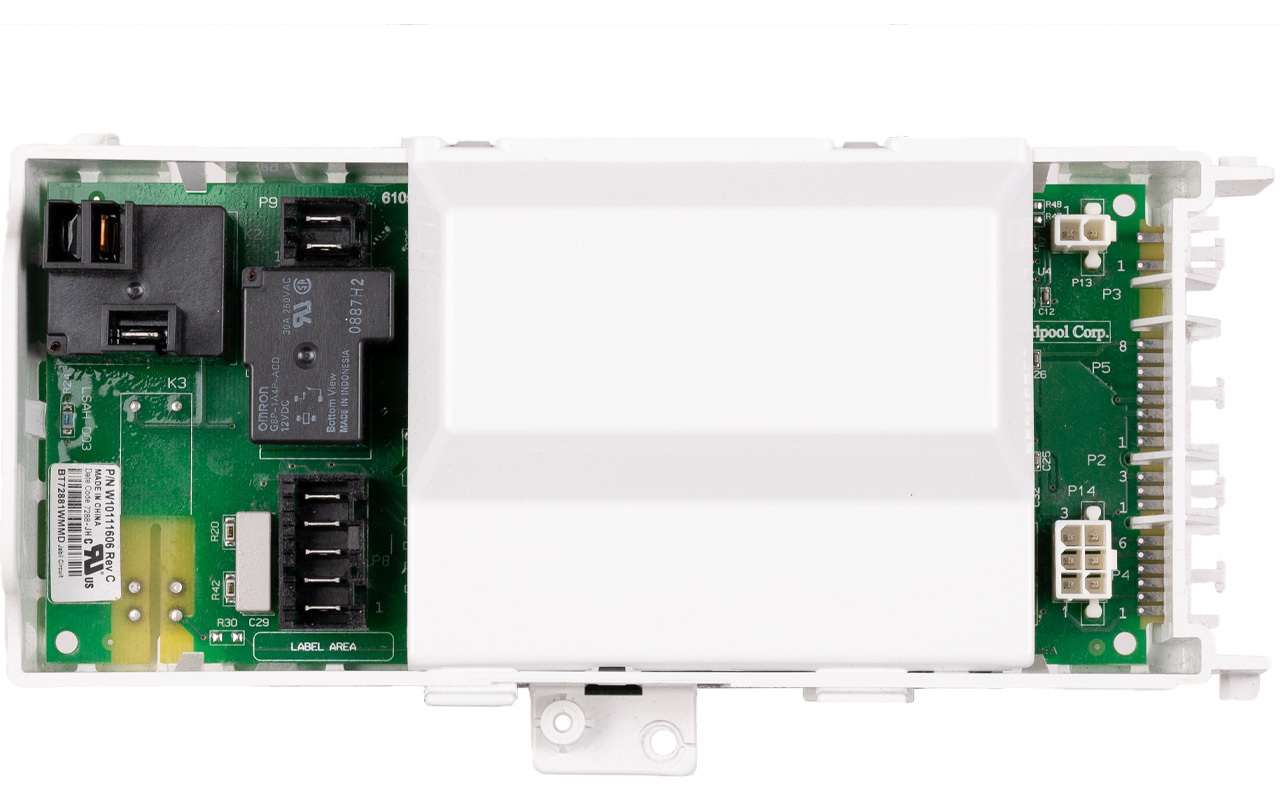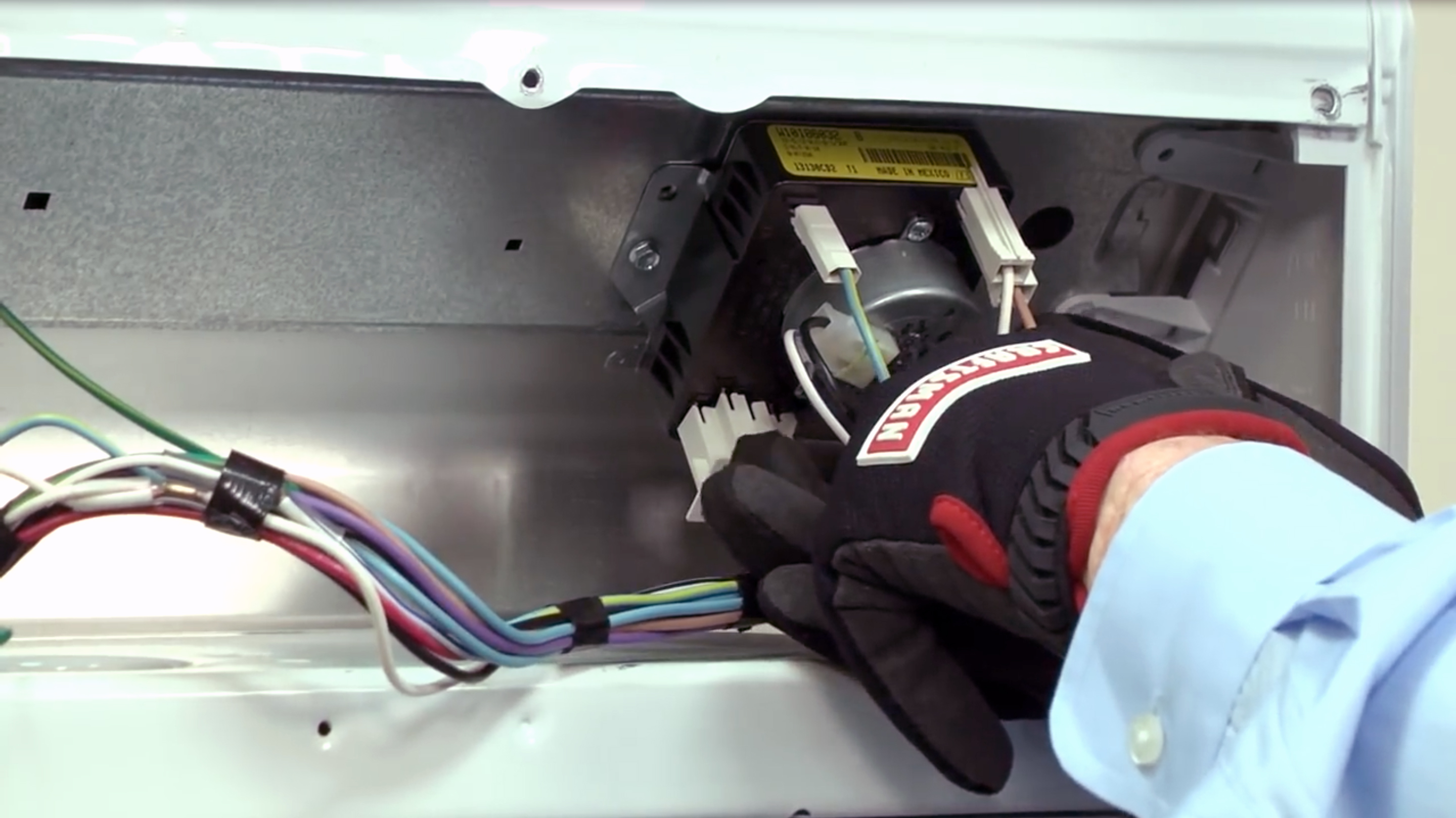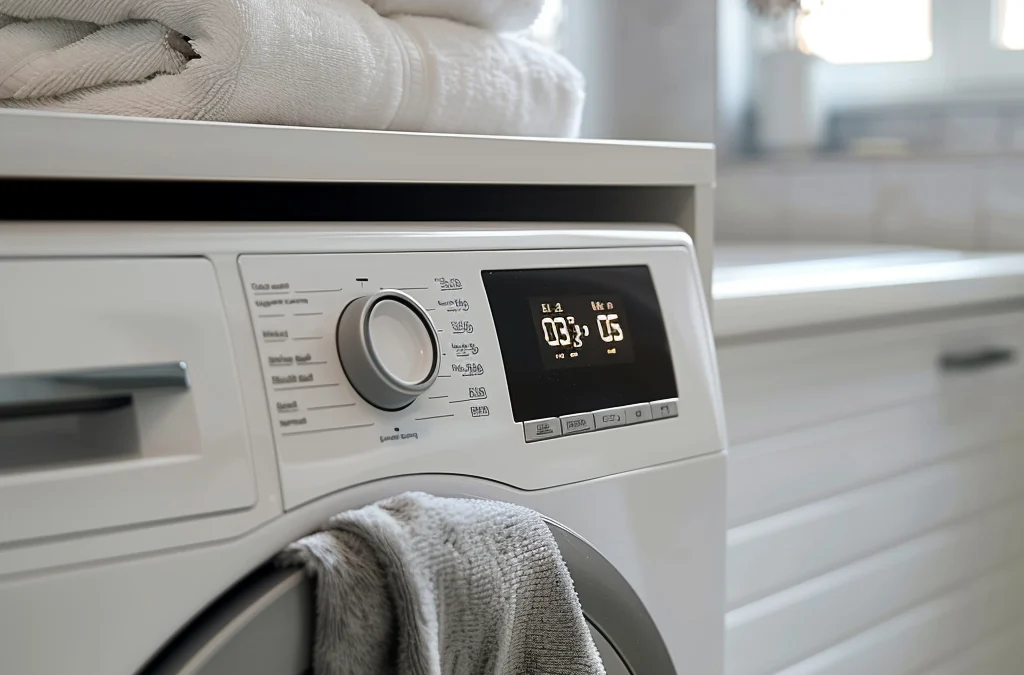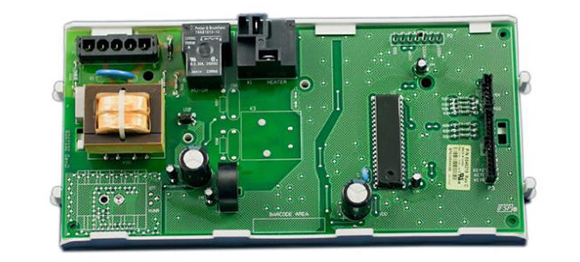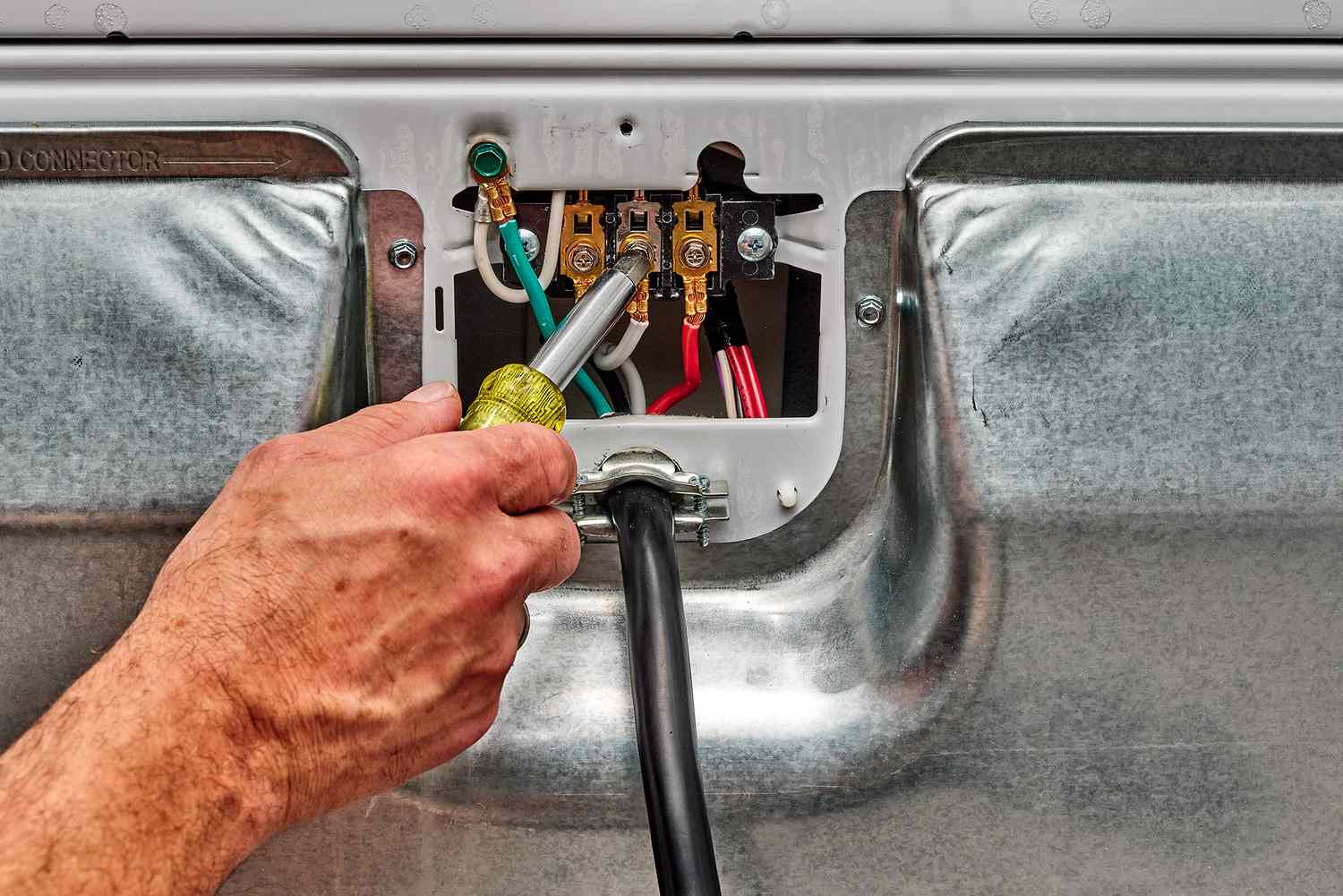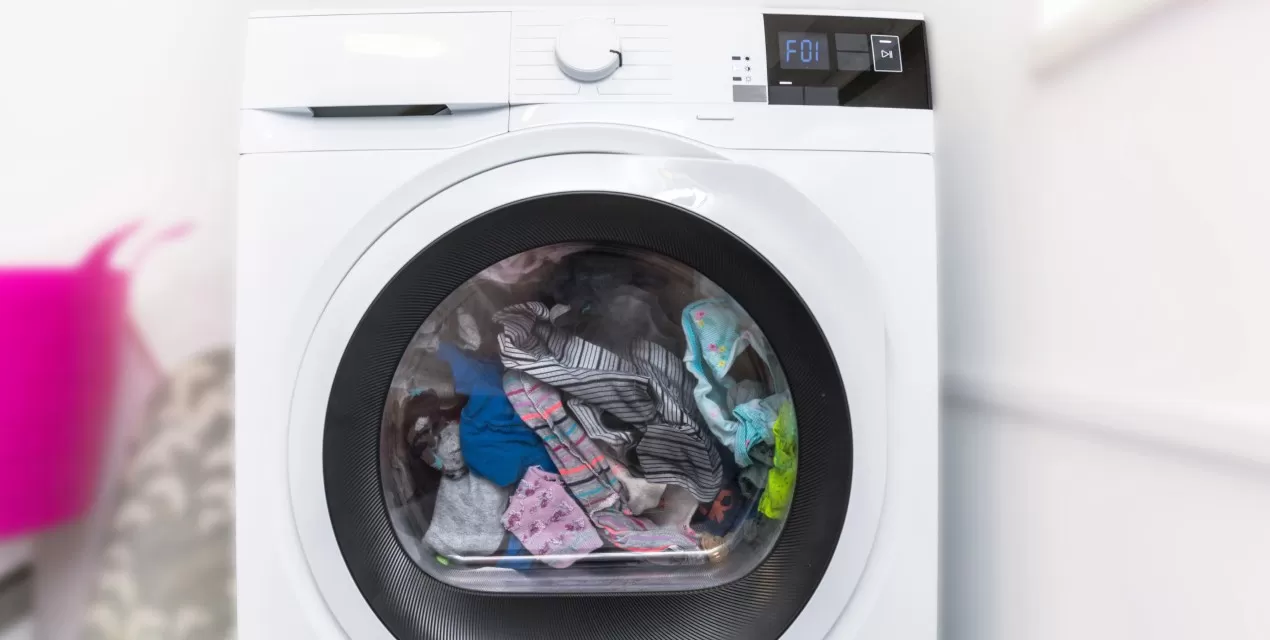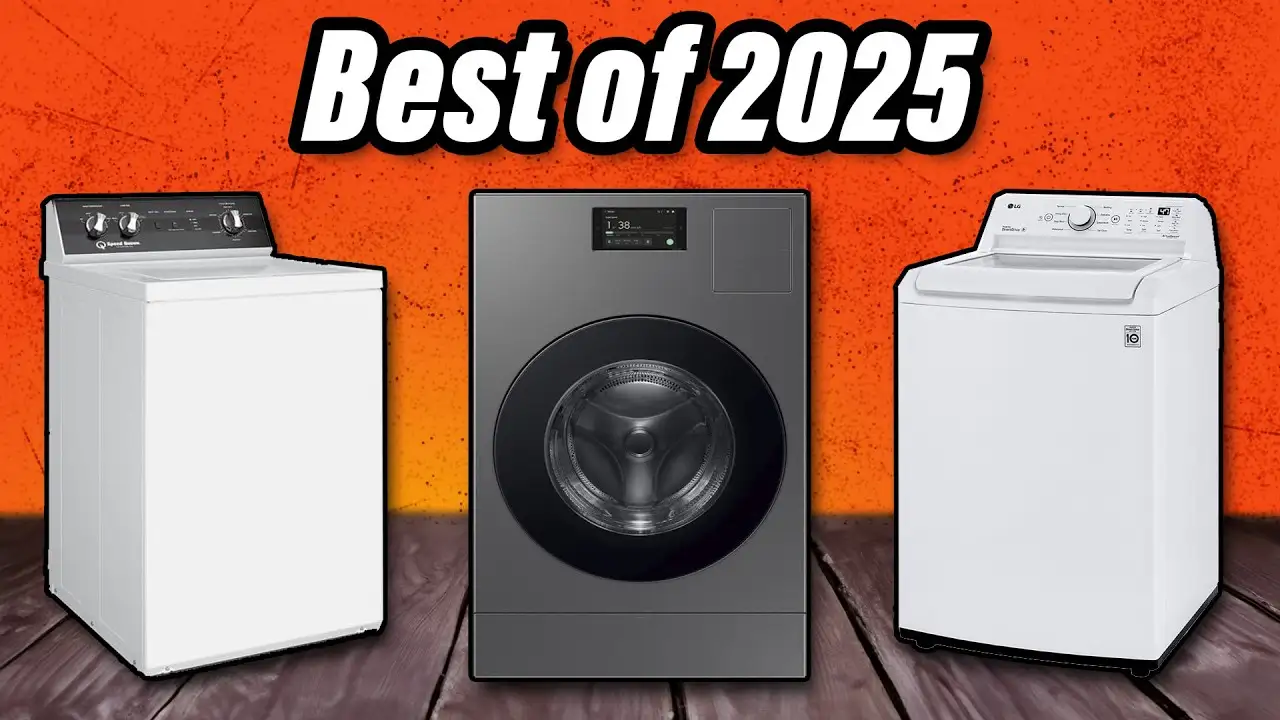Kenmore Dryer F1 Error Code – How To Fix?
It may be irritating and perplexing when your Kenmore dryer shows the F1 error code, particularly if you are not aware of what the code indicates or how to correct it. Usually connected to problems with the control system of the dryer, the F1 error usually indicates an electronic control board or related wire issue. This tutorial will help you realize when it's time to call in a professional for repairs, break down the reasons of the F1 error code, and provide troubleshooting ideas. Contact professional dryer repair technician from RightFix.
Understanding the F1 Error Code
What Does the F1 Error Code Mean?
Usually indicating a malfunction in the Kenmore dryer's electronic control board, the F1 error number is The brain of the dryer, the control board controls its operations including timing, heat management, and drying cycles. Should this essential component fail or show problems, the dryer will not run as intended and the F1 error number will show on the display alerting you of the issue.
Kenmore Dryer Models Affected by the F1 Error Code
Although the F1 mistake does not impact all Kenmore dryers, it is very prevalent in models of both Kenmore Elite and Kenmore Oasis. If you have one of these dryers and see the F1 code, it is most likely connected to a faulty control board or associated wiring or sensor problems. Knowing which models are prone helps one more rapidly identify the underlying problem.
Common Causes of the F1 Error Code
The F1 error number showing on your Kenmore dryer might result from many causes. Although a failing electronic control board is the most often occurring reason, other parts could also be involved. The main reasons of this mistake are these ones:
Faulty Electronic Control Board
An essential part controlling every element of the operation of your dryer is the electronic control board. Should a fault cause the whole system to fail, the F1 error results. Should the control board be broken or its circuits shorted, the dryer cannot deliver appropriate signals to other parts.
Signs of a Malfunctioning Control Board
Your dryer is definitely faulty if it shows the F1 error along with additional symptoms like inability to start, random resets, or unresponsive controls. Other indicators include not being able to modify cycles or choose a drying method.
Wiring Issues
The running of your dryer depends critically on electrical wiring, which links the control board to other vital parts. Should the wiring be disrupted—from damage, loose connections, or wear and tear—the control board cannot effectively interact with the rest of the system. Errors involving the F1 code follow from this.
Typical sources of this disturbance include rusted connections or loose wires. If you see the F1 error, you should always examine the wiring to be sure all connections are intact and operating as they should.
Sensor Malfunctions
Bad sensors are another possible source of the F1 error. To adequately dry your clothing, your dryer uses temperature and moisture sensors to control heat. A malfunctioning sensor might transmit erroneous signals to the control board, perhaps setting off the F1 code.
Temperature Sensor Problems
Should the temperature sensor be defective, the dryer might overheat or underperform, both of which would cause the control board to show an error message. Should a sensor fail, the dryer may potentially stop mid-cycle or need noticeably more time to run a load.
How to Troubleshoot the F1 Error Code
Although an F1 error number might appear intimidating, you can probably solve the problem on your own before consulting a professional. These guidelines will help you to identify and fix the issue.
Resetting the Dryer
Reversing the dryer is the easiest and fastest approach to fix the F1 error code. Sometimes the control board may just require a reset to operate as intended.
Here's how you reset the dryer:
-
Pull the dryer from the power outlet.
-
About five minutes should let the control board reset.
-
Back in the dryer, see if the F1 error code has cleared.
If the problem was a little control board glitch, a reset can either permanently or temporarily fix it.
Inspecting the Control Board
Should resetting the dryer not remove the F1 code, the electronic control board must then be inspected. Examining the board for obvious damage such burn marks or loose connections requires access to the rear panel of the dryer.
Should the control board show damage, it might require replacement. Although replacing the control board is a more difficult fix and usually calls for expert help, if you are confident with do-it-yourself appliance repairs, you may purchase a new component and follow the manual instructions in your dryer.
Examining Wiring and Connections
Another typical source of the F1 fault is loose or broken wire. Opening the dryer and looking at the wire harness connecting the control board to other components can help you find wiring problems.
Look for burnt, frayed, or disconnected cables. Should you discover any broken wires, you may fix them using a wire connection kit; if the damage is severe, you could have to replace the whole wiring harness.
Testing the Sensors
Testing the temperature and moisture sensors with a multimeter can help you rule out sensor faults as the origin of the F1 error. The instructions for your dryer will provide the required resistance values to search for; should the readings go outside the designated range, you will have to replace the malfunctioning sensor.
By use of sensor testing, you may ascertain if the control board or the sensors are the cause of the problem, therefore facilitating the decision on which component requires replacement or repair.
When to Call a Professional
Although certain repairs may call for expert involvement, other troubleshooting actions may be completed at home. See a qualified appliance repair specialist if the control board is seriously damaged or you're not comfortable about handling electrical components. They will correctly identify the problem and repair any broken components so your dryer runs effectively and securely.
Furthermore, should you have tried the aforementioned measures and the F1 issue still exists, a specialist will have the instruments and knowledge to carry out a more thorough diagnosis.
Conclusion
Your Kenmore's F1 error number usually relates to problems with the electrical control board, wiring, or sensors. Often the issue may be fixed by resetting the dryer, looking over the control board and cabling, and checking the sensors without calling in expert help. If the problem number keeps showing nevertheless, it's advisable to see a professional for repairs.
Remember, many of these problems may be avoided by routinely servicing your dryer—that is, by cleaning lint filters, inspecting wiring, and guaranteeing appropriate ventilation. By being proactive about appliance maintenance, you may assist to maximize the lifetime of your dryer and reduce future problems.
Location we Service
- Ajax
- Alliston
- Aurora
- Bolton
- Bradford
- Brampton
- Brantford
- Burlington
- Caledon
- Cambridge
- Concord
- East York
- Etobicoke
- Georgetown
- GTA
- Guelph
- Halton Hills
- Hamilton
- Innisfil
- Keswick
- King City
- Kitchener
- Kleinburg
- Maple
- Markham
- Milton
- Mississauga
- New Tecumseth
- Newmarket
- North York
- Oakville
- Orangeville
- Oshawa
- Pickering
- Richmond Hill
- Scarborough
- Schomberg
- Stouffville
- Thornhill
- Toronto
- Unionville
- Uxbridge
- Vaughan
- Waterloo
- Whitby
- Woodbridge




